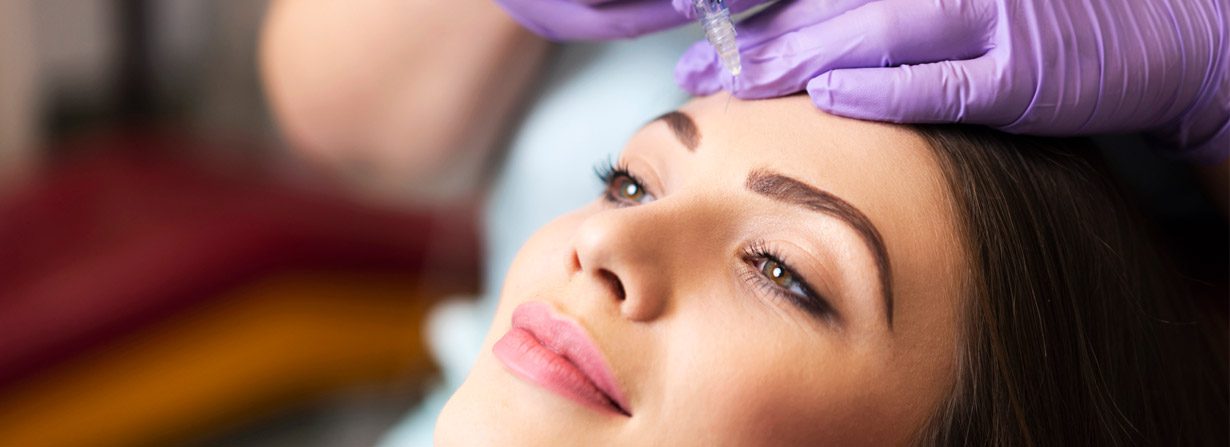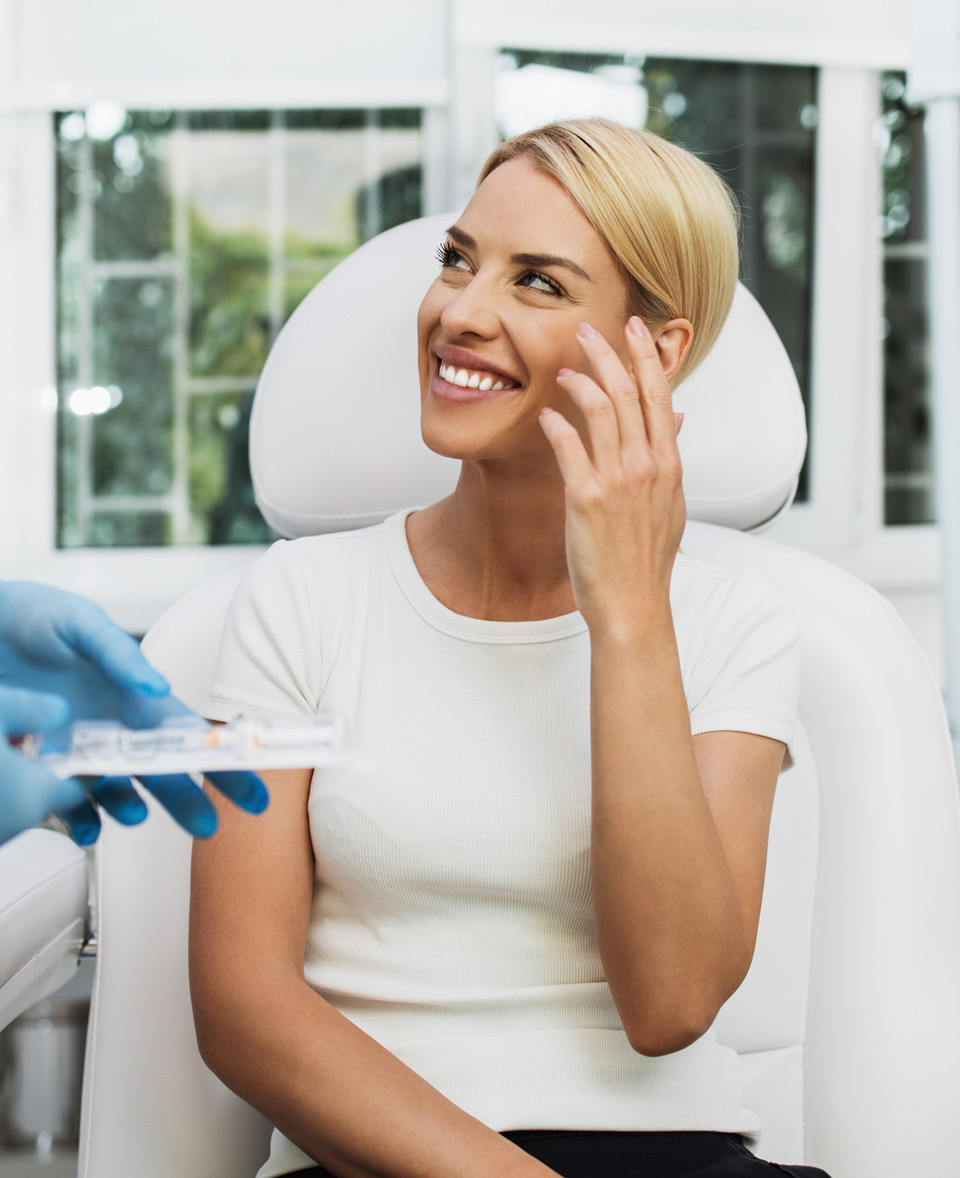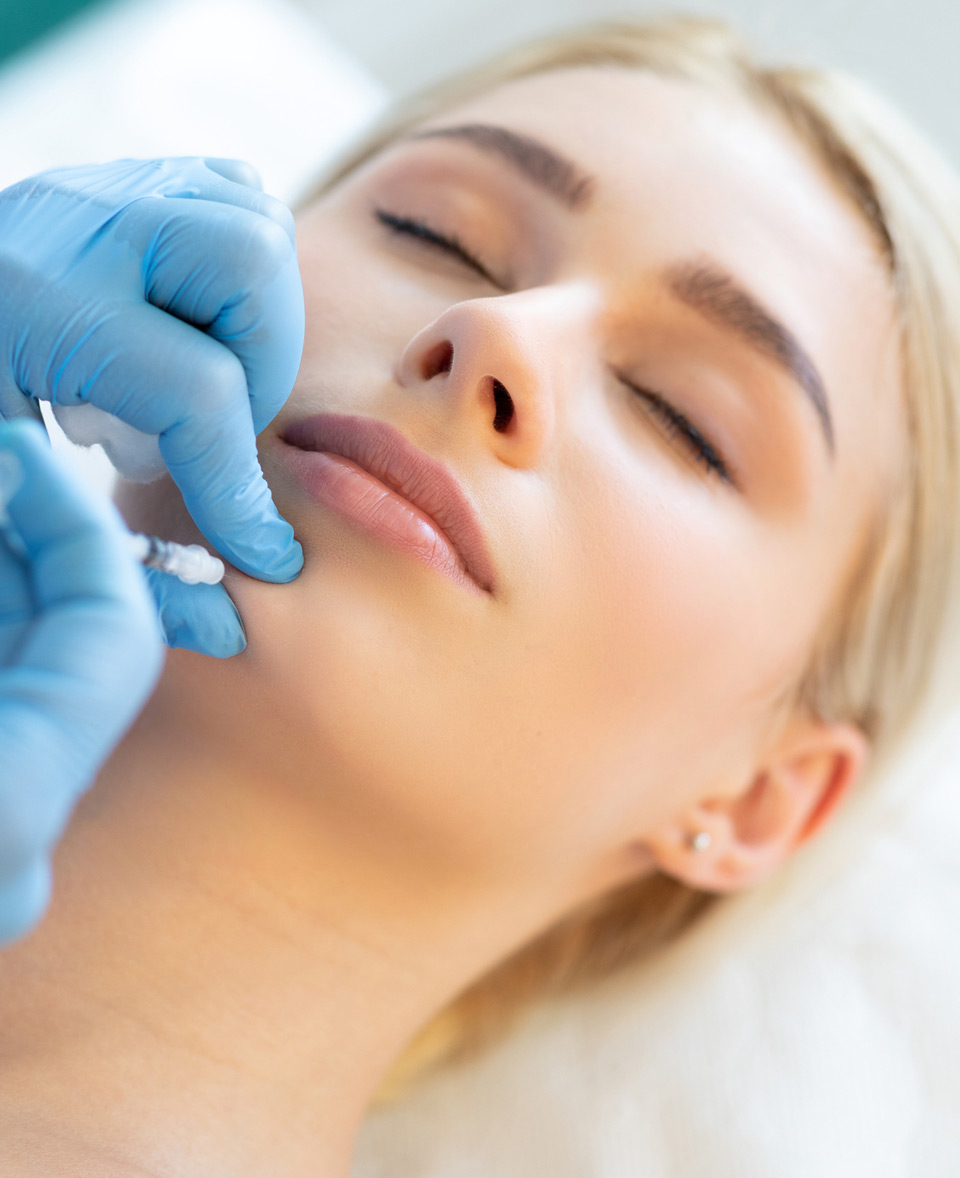- 13320 Riverside Dr., Suite 226, Sherman Oaks, CA 91423
Home » What to Expect if You’re New to Botox

Botox is a protein derived from Botulinum toxin and is commonly used for cosmetic and medical purposes. The term “Botox” is casually used to describe a range of cosmetic products containing the toxin, but one company owns the trademark.
As a neurotoxin, Botox targets the nervous system by disrupting the nerve signaling processes that control muscle contraction and causing temporary muscle paralysis. Botox injections inhibit the release of a chemical messenger called acetylcholine, which stops the muscle cells from contracting and alleviates muscle stiffness. Botulinum toxin is diluted in saline before it is injected into neuromuscular tissue. Results are visible within 24 to 72 hours.

Botox helps reduce the appearance of wrinkles, with effects lasting for three to 12 months depending on the type of treatment. Botox may be injected into the following types of wrinkles and skin conditions:
Botox is also used to treat the following muscular conditions:
Many people have misconceptions about Botox. For example, some people think Botox literally erases wrinkles. However, the truth is that Botox is preventative, rather than corrective. It minimizes the appearance of wrinkles by freezing the muscles that contract and deepen lines and wrinkles.
Another common myth is the belief that effects last indefinitely. The truth is that the effects will vary, depending on the type of treatment, how often patients exercise, and how expressive they are.
Pain is mild, but may last for some time after the injections. Though patients will receive local anesthesia prior to injection, they may hear a crunching sound as the syringe is inserted into the treatment area.
After treatment, patients should avoid exercising, lying down, or taking any blood-thinning medication (such as ibuprofen) for the next six hours. Patients should keep their head upright and avoid bending forward for two hours after the injection.
Botox is surprisingly affordable, and not just available for celebrities. Depending on the type of Botox treatment, one visit may cost between $200 and $300, with results lasting at least a few months.
Some people fear the “frozen” look that restricts the ability to make certain facial expressions. However, the truth is, not being able to frown can help improve your overall mood — just like smiling can make you happier.

Side effects are rare, but may include:
Botox is contraindicated for patients with a sensitivity or allergy to it, or those who have previously developed an infection at the injection site.
It’s important to speak to an experienced skincare professional before scheduling Botox treatment. Individual results will vary and patients should have healthy expectations for treatment.